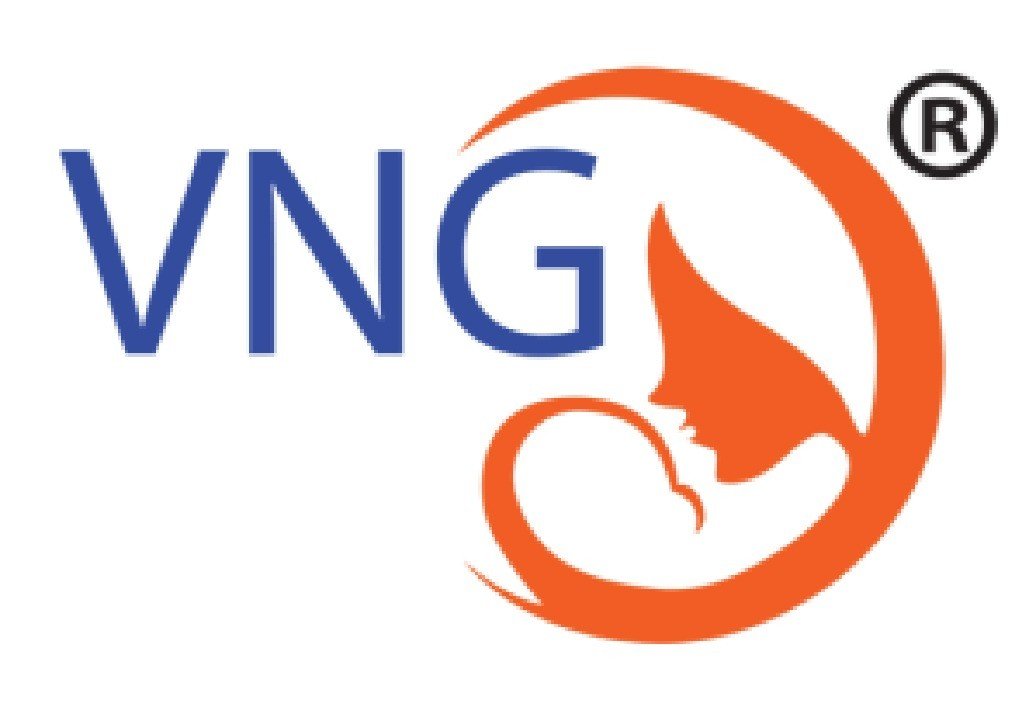Understanding Neonatal Hypothermia: Causes, Risks, and Prevention Strategies
Neonatal hypothermia is a condition in which a newborn baby’s body temperature falls below the normal range of 36.5 to 37.5 degrees Celsius. This can occur due to a variety of reasons and can have serious consequences for the newborn. In this article, we will discuss the causes, risks, and prevention strategies of neonatal hypothermia.
Causes of Neonatal Hypothermia
There are several causes of neonatal hypothermia. These include:
1. Cold environment: If the newborn is exposed to a cold environment, such as a poorly heated room, it can lead to hypothermia.
2. Wet clothing or skin: Wet clothing or skin can also cause heat loss and lead to hypothermia.
3. Prematurity: Premature babies are more susceptible to hypothermia because they have less body fat to keep them warm.
4. Infection: Infections can cause fever, which can lead to hypothermia if the body tries to regulate its temperature by lowering it.
5. Low birth weight: Babies with low birth weight have less body fat and muscle mass, which can make it harder for them to regulate their body temperature.
Risks of Neonatal Hypothermia
Hypothermia can have serious consequences for newborns. Some of the risks associated with neonatal hypothermia include:
1. Respiratory distress: Hypothermia can cause respiratory distress, which can lead to difficulty breathing.
2. Hypoglycemia: Hypothermia can cause a decrease in blood sugar levels, leading to hypoglycemia.
3. Increased risk of infection: Hypothermia weakens the immune system, making the newborn more susceptible to infections.
4. Brain damage: Severe hypothermia can cause brain damage, which can lead to long-term developmental delays.
Prevention Strategies for Neonatal Hypothermia
There are several strategies that can be used to prevent neonatal hypothermia:
Warm environment: Ensure that the newborn is kept in a warm environment, with a room temperature between 22 to 26 degrees Celsius.
VNG RW 800, Open care Warmer is designed to provide quick and effective treatment for newborn infants suffering from extreme heat loss. Thus, this equipment is suitable for NICU, labor rooms, and nurseries.
The open care warmer consists of a cart and a bassinet assembly. Also a heater module within examination light and a pillar module which consists of a controller and SMPS. The basic unit is also equipped with one removable instrument tray mounted on the pillar module at the rear of the bassinet.
Various modes of operation compatible with VNG RW 800
Servo mode
In this mode infant temperature sensed with the help of a skin temperature probe. Also, the heater power automatically controlled so that infant temperature lies in the desired range. This is set by the user.
Manual mode
For this mode, we can manually set the power of the heater ranging from 10 percent to 100 percent
Air mode
Under this mode we used the special thermistor probe which has the ability to measure the air temperature near the infant. Thus, in mode control unit continuously measures the air temperature with the help of air probe and sets the heater power. This helps to achieve the set temperature as required by the user.
Baby incubators by VNG
are medical devices that provide a controlled and warm environment for newborn babies who require special care and attention. These devices are commonly used in neonatal intensive care units (NICUs) and are designed to mimic the conditions inside a mother’s womb.
The following are some of the uses of a baby incubator:
· Maintain body temperature: One of the primary uses of a baby incubator is to maintain the newborn’s body temperature within a normal range. This is especially important for premature babies, who have less body fat and muscle mass and are more susceptible to hypothermia.
· Provide oxygen: Incubators can also provide a controlled level of oxygen to newborns who require it. This is important for babies with respiratory distress syndrome (RDS) or other respiratory conditions.
· Prevent infection: Incubators help prevent infection by providing a sterile environment for newborns. This is especially important for premature babies, who have underdeveloped immune systems.
· Monitor vital signs: Many incubators come with monitoring devices that track a baby’s vital signs, including heart rate, breathing rate, and blood oxygen levels.
· Provide a quiet and dark environment: Newborns in incubators require a quiet and dark environment to promote rest and healing. Incubators provide this environment by reducing external noise and light.
· Allow easy access for medical procedures: Incubators are designed to allow medical professionals easy access to the newborn for procedures such as blood tests, IVs, and other medical interventions.
It provides a wide range of physiological and technical alarms in order to improve the treatment effect and eliminate residual risk from the device.
· System Fault Alarm
· Temperature Alarm
· Humidity Alarm
· Oxygen Alarm
· Comfortable Alarm
It provides newborns a super quiet environment with the help of aerodynamics, its hood sound reduced to 45dB.
Dream warmer
Dream Warmer is a low-cost and non-electric mattress. It operates similarly to a heating pad. A phase change material is used to manufacture the warmer, which changes from liquid to solid at skin temperature. Wax-based plastic-encased mattresses are placed in a thermos of hot water for around thirty minutes until the wax melts and then into insulating sleeves.
Features:
1. Its unique design makes it easy for medical staff and parents to access the baby since there is no fabric attached.
2. Also, wash it easily with hands even in environments where diapers or washing machines are unavailable.
3. In addition to the mattress, the insulating pad and thermos contain simple instructions so that even those with limited literacy abilities to understand them.
4. Also, used in the delivery room for neonatal resuscitation, home, or transportation to a higher level of care. It can be used for neonatal resuscitation in the delivery room.
Whole Kit Of Dream Warmer Consist Of:
· A Backpack (for portability)
· An Insulating sleeve for protection
· A Thermos with lid
· A Mattress made with phase change material. A built-in orange temperature indicator.
Conclusion
Neonatal hypothermia is a serious condition that can have long-term consequences for newborns. It is important to understand the causes and risks of hypothermia and take steps to prevent it. By ensuring a warm environment, warm clothing, skin-to-skin contact, and warm feeding, we can help prevent hypothermia and ensure the healthy development of newborns to provide them with the best possible start to life.



